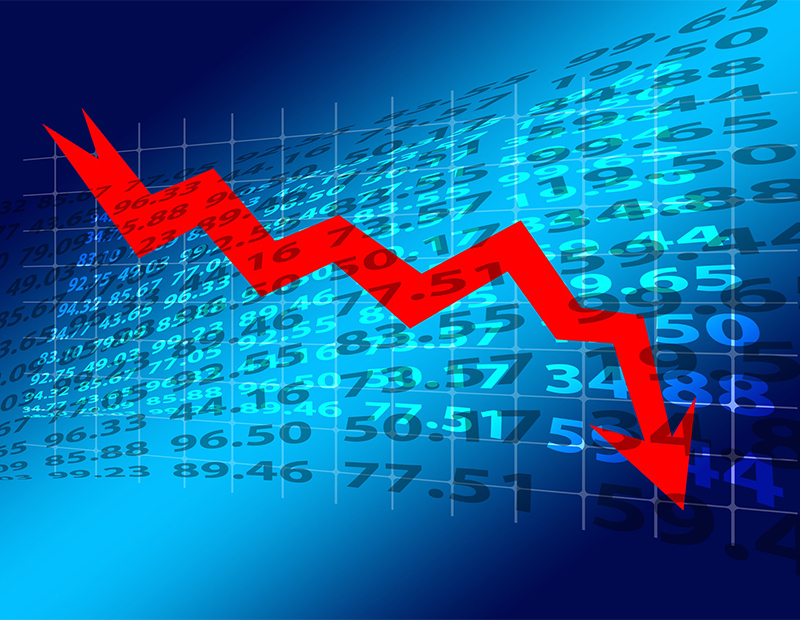US Braces for More Job Losses
Economists expect this week’s unemployment claims number to jump well beyond the record 3.3 million filed last week.
For the past six months, the unemployment rate has been either 3.5 percent or 3.6 percent and the number of unemployed persons for February had held steady at about 5.8 million, according to the U.S. Bureau of Labor Statistics. As the coronavirus pandemic escalates at alarming levels throughout major metropolitan areas, those numbers are about to be shattered and become a distant memory as many states and localities shut down nearly all parts of their economies that don’t involve providing health care or other essential services.
READ ALSO: CPE’s Coronavirus Coverage
Nearly 3.3 million people filed for unemployment benefits during the week ending March 21 as employers, including many in commercial real estate sectors, were hit hard by the coronavirus. Economists are bracing for this week’s report on unemployment claims due out tomorrow with all predicting, not surprisingly, that they will be even higher than last week’s record-breaking figure.
“I’m hesitant to put an actual figure on it. I have seen projections all over the place, including my own. I think it will be another big number,” said Ryan Severino, JLL’s chief economist.
He cited layoffs that were still occurring particularly by businesses that originally thought they could weather the crisis and the stimulus legislation passed last week by Congress, which widened the eligibility for people like gig economy workers to file claims.
“Who knows how many people couldn’t actually get through on the phone system or Internet system last week before it crashed,” he added.
Economist Hugh F. Kelly, chair of the curriculum committee at Fordham University’s Real Estate Institute, told Commercial Property Executive, “I will be very surprised if the unemployment [claims] number is anything less than 4.5 million.”
Other estimates range from 3.5 million unemployment claims to 5.5 million. A report from economists at the Federal Reserve in St. Louis predicts there could eventually be loss of 47 million jobs in the U.S., leading to a 32.1 percent unemployment rate. While that unemployment rate might be an outlier, other economists expect the unemployment rate to reach between 8.5 percent and 12 percent during the shutdowns caused by the pandemic, which could last for months.
Meanwhile, the unemployment rate comes from the Bureau of Labor Statistics monthly payroll report, which will be released Friday and will contain data from earlier in March, before most states had taken substantive measures towards shutdowns, said Heidi Learner, Savills chief economist.
“I would not expect the unemployment rate to spike for the month of March but would say that all bets are off for April,” Learner told CPE.
‘Flimsy Safety Net’
Severino noted that 99 percent of businesses in the U.S. are small and 90 percent of those have 20 employees or less. About 40 percent have annual revenues of $100,000 or less, he said, giving them a “relatively flimsy safety net.”
Severino said he did not have figures yet on how much of commercial real estate was contributing to the unemployment numbers. Sectors expected to be hit hard at least in the short term are retail, especially retail that relies on tourism, and the hospitality sector. A revised report this week from the U.S. Travel Association stated there could be as many as 4.7 million direct job losses in the travel industry, with food services topping the list of jobs lost at about 1.9 million. When indirect employment impacts are added in, there could be as many as 5.9 million job losses this year due to travel decline.
On Monday two major retailers, Macy’s and Kohl’s, announced furloughs this week, with Macy’s saying the majority of its employees would be impacted and Kohl’s furloughing about 85,000 of its approximately 122,000 employees.
But other sectors, including data centers, e-commerce, grocery and drug store retailers and big- box stores like Wal-Mart will likely hold up relatively well and some companies like Amazon are hiring workers to help handle the influx. “Clearly there is a diversity of experiences going on,” Severino said.
Kelly took a closer look at New York City, where the number of people testing positive for Covid-19 reached nearly 42,000 and the death toll passed 1,000 as of March 31. He said it was likely that one-quarter to one-third of the city’s employment base—at least 1.3 million—could be out of jobs by the time the pandemic is over. He said New York City job loss numbers include 88,000 from arts, entertainment and recreation shutdowns; food service and bars, 315,000, and real estate brokerages and leasing, 123,000.
“Those are big numbers,” he said.
Will stimulus help?
One factor that could help with unemployment claims, and ultimately the unemployment rate, will be if the $2.2 trillion government stimulus bill that passed Congress last week will alleviate some of the Covid-19 job losses. The bill includes incentives for small business owners to keep workers on their payrolls through the crisis.
“If you are a small business with less than 500 employees and you don’t lay off any employees and you don’t make more than 25 percent pay cuts, you can be given a grant 2.5 times your monthly payroll cost which can be entirely forgiven,” Learner said. “The stimulus is really encouraging companies, particularly small businesses, to retain and continue to pay workers.”








You must be logged in to post a comment.